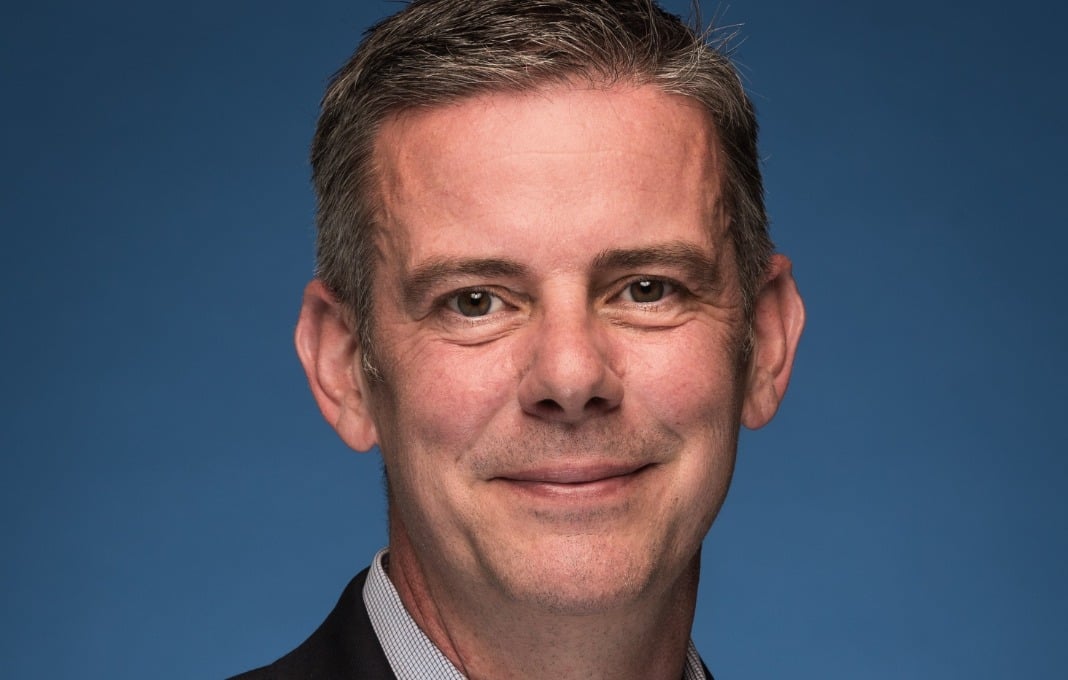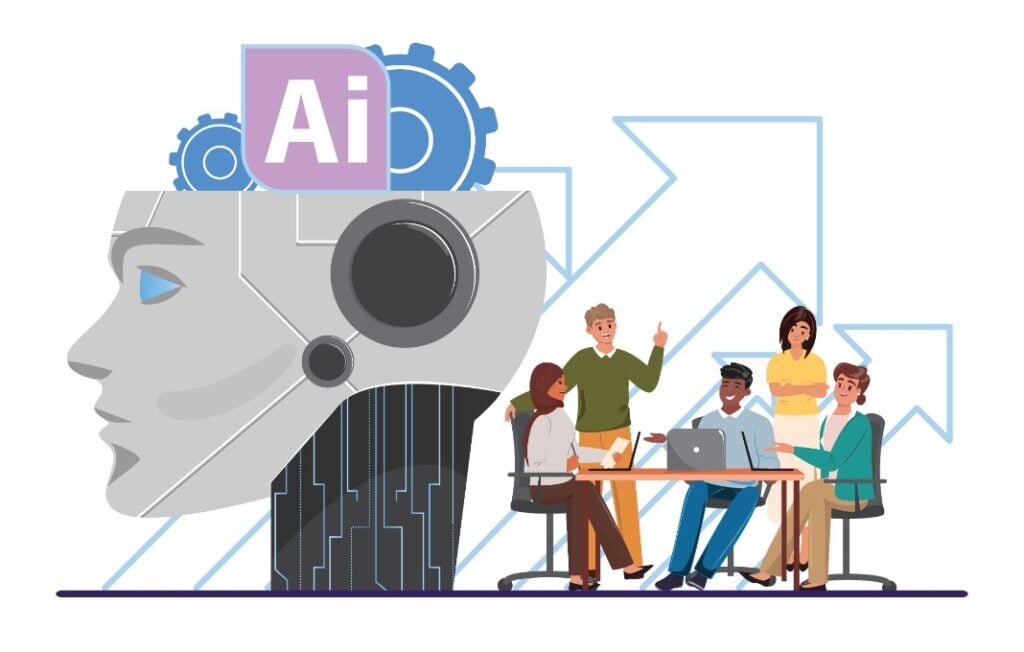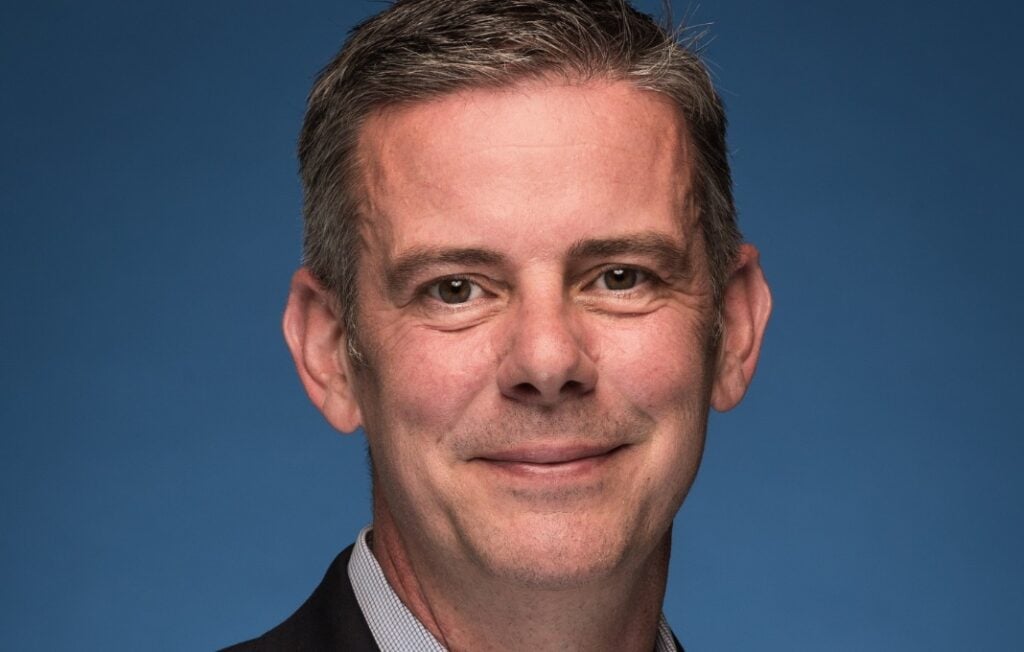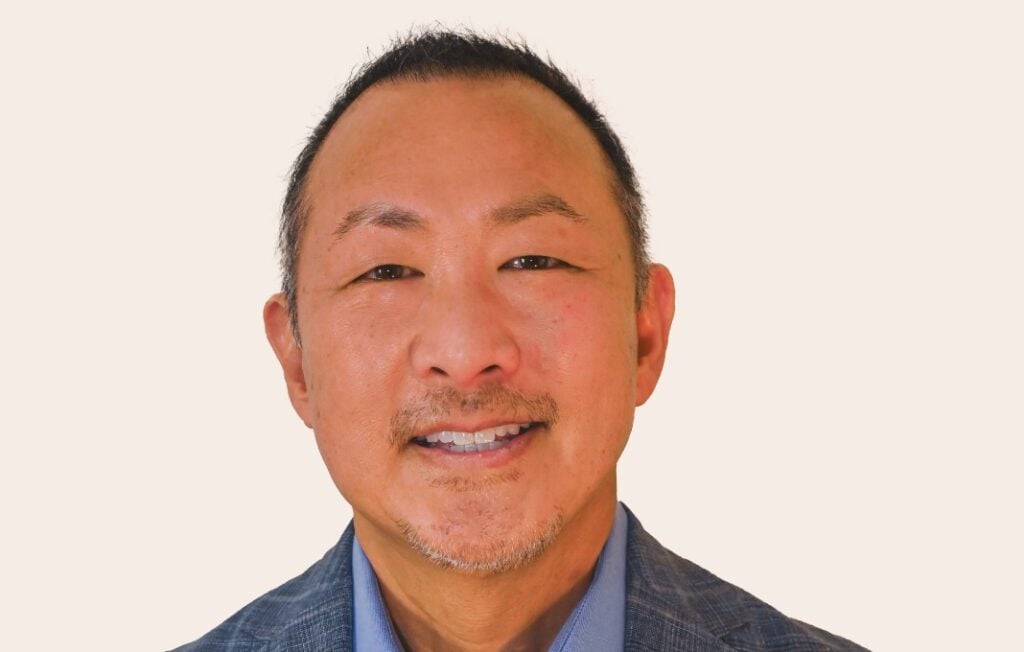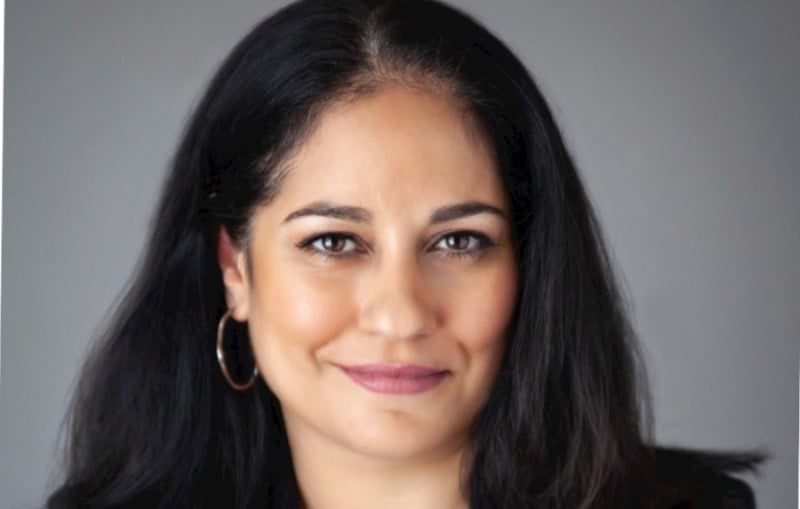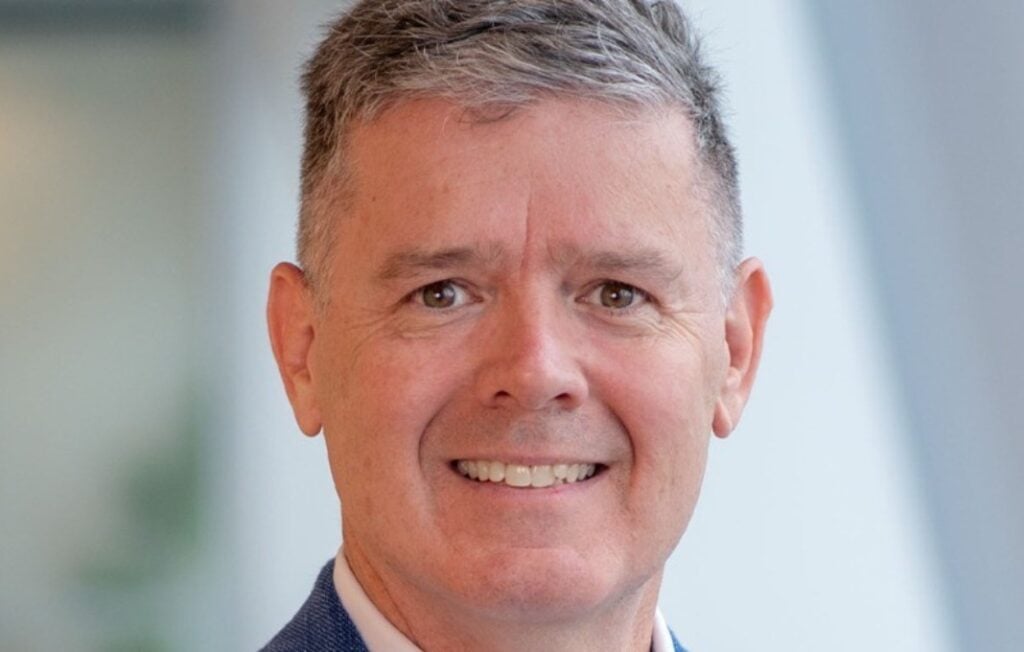Navigating the Covid-19 pandemic changed chief people officer Andrew Dawson’s perspective on the HR function. “Almost overnight, the business landscape changed, and the traditional ways we supported employees no longer applied,” he says, “It forced all of us to become more flexible, more creative and more intentional than ever before.”
As the chief people officer and head of corporate affairs at BVI Medical, a maker of surgical ophthalmic equipment based in Waltham, Massachusetts, that meant shoring up two key components: communication and community. In an interview for StrategicCHRO360, Dawson shares strategies for HR leaders to navigate change or uncertainty, and come out the other side even stronger.
What’s one big HR initiative you’ve led or helped with recently that you’re especially proud of? What was the challenge, how did you tackle it and what’s changed as a result?
One of the initiatives I’m especially proud of leading at BVI Medical is the integration of AI into our HR operations. The challenge we faced was a familiar one: Administrative tasks were consuming too much of our HR team’s time and contributing to burnout, leaving less room for the high-value, human-centric work that truly drives our culture forward.
We tackled this by thoughtfully incorporating AI tools to automate routine administrative processes. This shift allowed us to dramatically reduce the administrative burden on our team. Rather than replacing the human element, we used AI to create more space for it, freeing our HR professionals to focus on areas like coaching, upskilling and talent development.
As a result, we’ve seen a measurable improvement in employee experience, stronger engagement in professional development initiatives, and a positive impact on retention across the company. It’s been a win not just for the HR team, but for BVI Medical as a whole, reinforcing our commitment to balancing innovation with our core value of keeping the human touch at the center of everything we do.
There’s a lot happening in HR right now—remote work, AI, employee expectations shifting. What’s a trend you think HR leaders aren’t paying enough attention to, and how are you getting ahead of it?
While many HR leaders are rightly focused on wellness initiatives to boost retention—and programs like flexible time off and mental health support do make a real difference—one area I believe is still being overlooked is the critical role of early employee touchpoints, particularly during recruiting and onboarding.
First impressions matter, and the experiences candidates and new hires have in their first interactions with a company shape their long-term engagement, satisfaction and performance.
At BVI Medical, we’re getting ahead of this by investing in more cohesive, informative and human-centered recruiting and onboarding experiences. We’re ensuring that every candidate interaction reflects our culture and values, and that new hires feel supported and equipped from day one.
By elevating these early experiences, we’re not just improving employee satisfaction, we’re laying the groundwork for stronger retention, faster ramp-up times and greater long-term success.
Change is always happening, whether it’s culture shifts, reorganizations or rolling out new strategies. What’s one lesson you’ve learned about leading through change that you think more HR leaders need to hear?
One of the most important lessons I’ve learned about leading through change is the power of clear, calm and consistent communication. Change—whether it’s cultural shifts, reorganizations or new strategies—can create uncertainty. As HR leaders, our response sets the tone for the entire organization. If we project anxiety, that unease spreads. But if we stay grounded and communicative, we anchor the business through transition.
At BVI Medical, we prioritize communicating more information than we think we need to, and doing it more frequently than we think is necessary. We explain not just what is changing, but why it’s happening and how it will impact employees’ day-to-day work. By fostering transparency, active listening and empathy, we create an environment of psychological safety where employees feel supported rather than blindsided.
Ultimately, HR’s role during change is to be a steady, trusted ally to employees, ensuring they feel informed, heard and secure even in uncertain times.
Looking back on your own career journey, was there a turning point that really shaped how you think about HR leadership? What happened, and how has it influenced the way you work today?
A major turning point in my career—and in how I approach HR leadership—was navigating the upheaval of the Covid-19 pandemic. Almost overnight, the business landscape changed, and the traditional ways we supported employees no longer applied. It forced all of us to become more flexible, more creative and more intentional than ever before.
At BVI Medical, this period underscored the critical importance of strong internal communication. We launched our “One BVI” strategy to foster unity and trust at a time when physical distance and uncertainty were at their peak.
We focused on keeping employees informed and connected through social media updates, internal newsletters, memos and regular company meetings—all aimed at building transparency and reducing stress. We also took a hard look at how we worked, streamlining workflows by eliminating unnecessary meetings and promoting smarter, more considerate communication habits.
That experience reinforced a core belief that shapes my leadership today: In times of uncertainty, proactive communication and a sense of community aren’t just nice to have; they are the foundation for resilience, trust and continued success.


